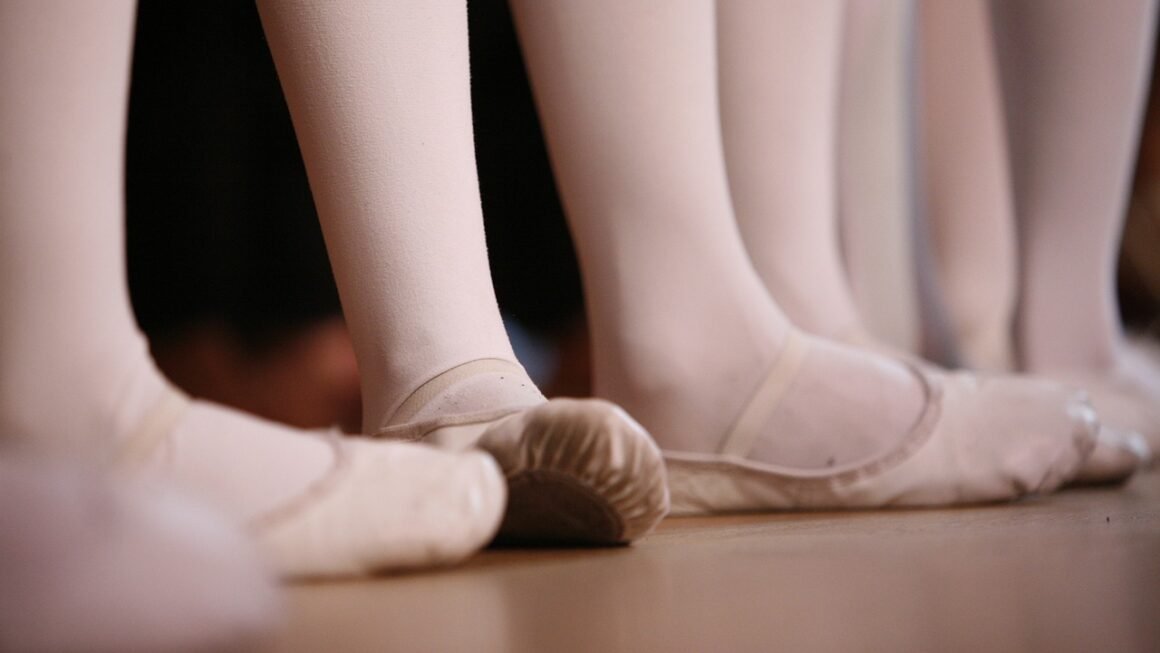Freestyle wrestling: a dynamic and physically demanding combat sport that captivates audiences worldwide. Unlike some of its grappling counterparts, freestyle wrestling emphasizes takedowns, throws, and pinning opponents, making it a thrilling spectacle of athleticism and strategy. Whether you’re a seasoned wrestling fan, an aspiring athlete, or simply curious about this exciting sport, this guide will provide you with a comprehensive understanding of freestyle wrestling.
Understanding the Fundamentals of Freestyle Wrestling
What is Freestyle Wrestling?
Freestyle wrestling is a form of wrestling where the primary objective is to pin your opponent’s shoulders to the mat. Points are awarded for various techniques, including takedowns, escapes, reversals, and exposures. Unlike Greco-Roman wrestling, freestyle wrestling allows wrestlers to use their legs and attack their opponent’s legs for takedowns and other maneuvers. This makes for a more dynamic and fast-paced style of wrestling.
- Freestyle wrestling is an Olympic sport, featuring prominently in the Summer Games.
- It is governed internationally by United World Wrestling (UWW).
- The sport combines elements of strength, agility, technique, and strategy.
Key Differences Between Freestyle and Greco-Roman Wrestling
While both freestyle and Greco-Roman wrestling are Olympic disciplines, significant differences set them apart. The most noticeable is the permitted use of legs. Here’s a breakdown:
- Freestyle Wrestling: Allows the use of legs in both offensive and defensive maneuvers. Wrestlers can grab their opponent’s legs, initiate leg attacks, and use their legs for leverage.
- Greco-Roman Wrestling: Strictly prohibits any attacks or holds below the waist. Wrestlers must rely solely on upper body strength and technique to control and defeat their opponents.
This distinction dramatically affects the strategies and techniques employed in each style. Freestyle wrestling is generally considered more dynamic and offers a wider range of offensive options.
Rules and Scoring in Freestyle Wrestling
Core Rules of Engagement
Understanding the rules is essential for both participants and spectators. Here are some key aspects of freestyle wrestling rules:
- The Match: Matches typically consist of two 3-minute periods with a 30-second break in between. Different age levels may have variations.
- The Mat: Wrestling takes place on a circular mat with a central wrestling area and a passive zone around the edge. Stepping out of bounds results in a point for the opponent.
- Illegal Moves: Certain moves are prohibited due to safety concerns, including striking, headbutting, and certain joint locks.
How Points Are Awarded
Points are awarded based on the execution of various wrestling techniques. Knowing the point values can help you understand the flow of a match:
- Takedown (2 points): Bringing your opponent down to the mat from a neutral standing position and gaining control.
- Exposure (2 points): Turning your opponent onto their back to a near-pin position (less than 90 degrees). If a wrestler is held in a danger position (near-fall) for a certain amount of time, more points can be awarded (2 or 4 points).
- Reversal (1 point): Reversing a position from defensive to offensive control while on the mat.
- Escape (1 point): Escaping from your opponent’s control while on the mat and returning to a neutral position.
- Penalty (1 point): Awarded to the opponent for rule infractions (e.g., fleeing the mat).
- Technical Superiority (10 points): If a wrestler gains a 10-point lead, the match is automatically stopped and declared a technical fall.
- Pin (Instant Win): Holding both of your opponent’s shoulders on the mat simultaneously for a specified amount of time (usually one to two seconds) results in an immediate victory.
Victory Conditions
A wrestler can win a freestyle wrestling match in several ways:
- Pin: The most decisive victory, ending the match immediately.
- Technical Superiority: Achieving a 10-point lead.
- Decision: If no pin or technical superiority occurs, the wrestler with the most points at the end of the match wins.
- Forfeit: If an opponent is injured or unable to continue.
- Disqualification: For serious rule violations.
Essential Techniques and Strategies
Mastering Fundamental Techniques
Success in freestyle wrestling relies on a solid foundation of fundamental techniques. These include:
- Takedowns: Single leg takedowns, double leg takedowns, ankle picks, and fireman’s carries are common and effective. Drilling these repeatedly is crucial.
- Escapes and Reversals: Developing effective escapes from bottom positions is vital. Common escapes include sit-outs, stand-ups, and granby rolls. Reversals can quickly shift the momentum of a match.
- Neutral Position Control: Mastering hand fighting and footwork is critical for controlling the neutral position and setting up takedowns.
- Defense: Learning to defend against takedowns, including sprawling and head position, is equally important.
Developing Effective Strategies
Beyond mastering individual techniques, strategic thinking is essential for success. Consider these strategic elements:
- Scouting Opponents: Analyzing your opponent’s strengths, weaknesses, and tendencies can provide a significant advantage.
- Match Planning: Developing a game plan that exploits your opponent’s weaknesses and plays to your strengths is crucial.
- Pacing and Conditioning: Managing your energy levels and maintaining a high level of conditioning are vital for performing at your best throughout the match.
- Adapting to Circumstances: Being able to adjust your strategy mid-match based on the opponent’s actions and the score is a hallmark of experienced wrestlers.
The Importance of Drilling
Repetition is key in freestyle wrestling. Drills help to ingrain techniques and build muscle memory. Here are some examples of effective drills:
- Takedown Drills: Repetitive practice of takedowns against a resisting partner or a dummy.
- Sprawl Drills: Developing quick and effective sprawling techniques to defend against takedowns.
- Escape Drills: Practicing various escape techniques from different bottom positions.
- Live Wrestling: Regular sparring sessions against different opponents to apply techniques in a live setting.
Training and Conditioning for Freestyle Wrestling
Physical Conditioning
Freestyle wrestling demands a high level of physical fitness. A well-rounded training program should include:
- Strength Training: Exercises that build overall strength, such as squats, deadlifts, bench press, and overhead press, are essential.
- Cardiovascular Conditioning: Running, swimming, and interval training improve endurance and stamina.
- Agility and Flexibility: Exercises that enhance agility and flexibility, such as plyometrics and stretching, are crucial for preventing injuries and improving performance.
- Neck Strength: Specific exercises like neck bridges and resistance training can help prevent neck injuries.
Mental Preparation
Mental toughness is equally important as physical conditioning. Here are some strategies for mental preparation:
- Visualization: Mentally rehearsing successful techniques and match scenarios.
- Goal Setting: Setting realistic and achievable goals to stay motivated and focused.
- Positive Self-Talk: Maintaining a positive attitude and belief in your abilities.
- Stress Management: Developing strategies for managing stress and anxiety, such as meditation or deep breathing exercises.
Nutrition and Recovery
Proper nutrition and recovery are essential for optimizing performance and preventing injuries. Consider the following:
- Balanced Diet: Consuming a balanced diet that includes adequate protein, carbohydrates, and healthy fats.
- Hydration: Staying properly hydrated by drinking plenty of water throughout the day.
- Rest and Recovery: Getting adequate sleep and allowing your body time to recover between training sessions.
- Active Recovery: Low-intensity activities like yoga or light jogging to promote blood flow and reduce muscle soreness.
Equipment and Safety
Essential Wrestling Gear
Having the right equipment is crucial for safety and performance:
- Wrestling Singlet: A tight-fitting, one-piece garment that allows freedom of movement.
- Wrestling Shoes: Lightweight, flexible shoes with good traction for grip on the mat.
- Headgear: Protects the ears from cauliflower ear, a common wrestling injury.
- Mouthguard (Optional): Protects the teeth and jaw from impact.
- Kneepads (Optional): Provides additional support and protection for the knees.
Prioritizing Safety
Safety should always be a top priority in freestyle wrestling. Here are some important considerations:
- Proper Warm-Up: Warming up thoroughly before each training session to prepare the muscles and joints.
- Supervision: Training under the guidance of a qualified coach or instructor.
- Proper Technique: Learning and practicing techniques correctly to minimize the risk of injury.
- Immediate Medical Attention: Seeking immediate medical attention for any injuries that occur.
- Mat Hygiene: Regularly cleaning and disinfecting the wrestling mat to prevent the spread of infections.
Conclusion
Freestyle wrestling is a challenging yet rewarding sport that demands dedication, skill, and strategic thinking. By understanding the fundamentals, mastering essential techniques, prioritizing training and conditioning, and adhering to safety guidelines, you can unlock your full potential in this dynamic and exciting discipline. Whether your goal is to compete at the highest level or simply enjoy the physical and mental benefits of wrestling, the journey promises to be both enriching and transformative.



